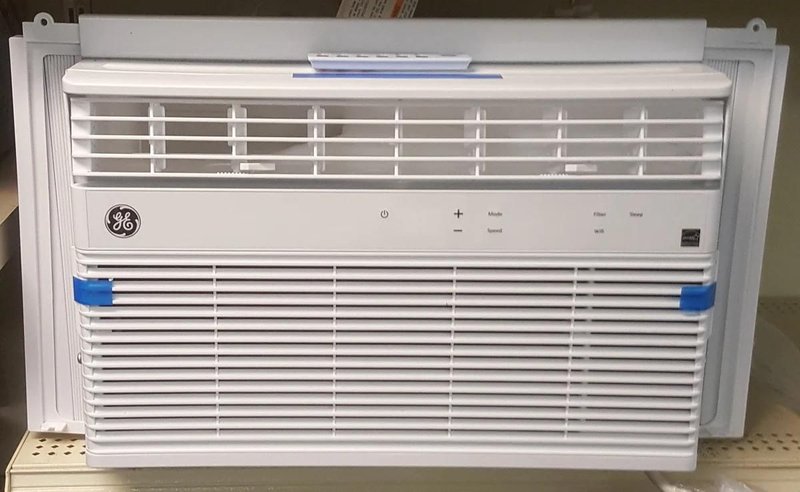
What Causes the E2 Error Code?
The E2 error code can often be traced back to a problem with the unit’s temperature sensor. This sensor plays a critical role in maintaining your desired comfort level by measuring the ambient temperature of the room. When it malfunctions, the air conditioner can’t accurately gauge the temperature, leading to improper cooling or even a complete shutdown. Imagine trying to cook rice without measuring the water; the rice may turn out undercooked or too mushy. Similarly, if the sensor’s out of whack, your AC may not cool the room as it should.
So, what might cause the sensor to malfunction? In many cases, it could be as simple as a loose or disconnected wire. Over time, vibrations from the unit can cause connections to weaken, just like how a loose shoelace might make your shoe slip off. Additionally, dust or debris can accumulate around the sensor, affecting its ability to read the temperature accurately. It’s akin to trying to read a book through smudged glasses; you won’t get the clarity you need.
Environmental factors can also be culprits. Extreme temperatures or humidity levels might affect the sensor’s performance. If your air conditioner is exposed to direct sunlight or excessive moisture, it might skew its readings, causing the E2 error. It’s like trying to use a thermometer in a sauna; it won’t give you an accurate room temperature.
How to Fix the E2 Error Code
Now that we’ve identified some possible causes, let’s talk about how to fix this pesky E2 error code. The first step is to check the sensor itself. Unplug your air conditioner—you don’t want any nasty surprises from electricity— and take a look at the wiring. Is there anything loose, or any visible signs of wear and tear? If you spot something, gently reconnect or adjust it. Think of it like tightening a loose bolt on a bicycle; it doesn’t take much, but it can make a world of difference.
If the wiring seems fine, the next step is to clean the sensor. Turn your unit off and remove any dust or debris around the sensor, just like you’d clean your glasses to see clearly again. Use a soft, dry cloth to gently wipe it clean. If you notice any moisture, allow it to dry completely before turning the unit back on.
If these steps don’t work, it might be time to call in a professional. While it might be tempting to keep tinkering, sometimes sensors need to be replaced, and it’s better left to someone with the right tools and expertise. Like handling a delicate piece of jewelry, some things are best taken care of by an expert.
Preventing Future E2 Errors
Prevention is always better than cure, right? To keep that E2 error from popping up again, regular maintenance is key. Just as you’d service your car to keep it running smoothly, your air conditioner needs a little TLC now and then. Schedule regular check-ups and clean the filters to ensure everything’s in tip-top shape.
Also, be mindful of where you place your air conditioner. Keep it away from direct sunlight or excessive humidity whenever possible. It’s like keeping your phone out of the rain; a little caution goes a long way in preserving its function.
So, there you have it! By identifying what might be causing that E2 error code and knowing how to address it, you’re well on your way to keeping your GE air conditioner—and yourself—cool and comfortable all season long. If you find that these tactics don’t solve the issue, or if you’re ever in doubt, don’t hesitate to bring in a professional to ensure your unit gets back to working as efficiently as it can.